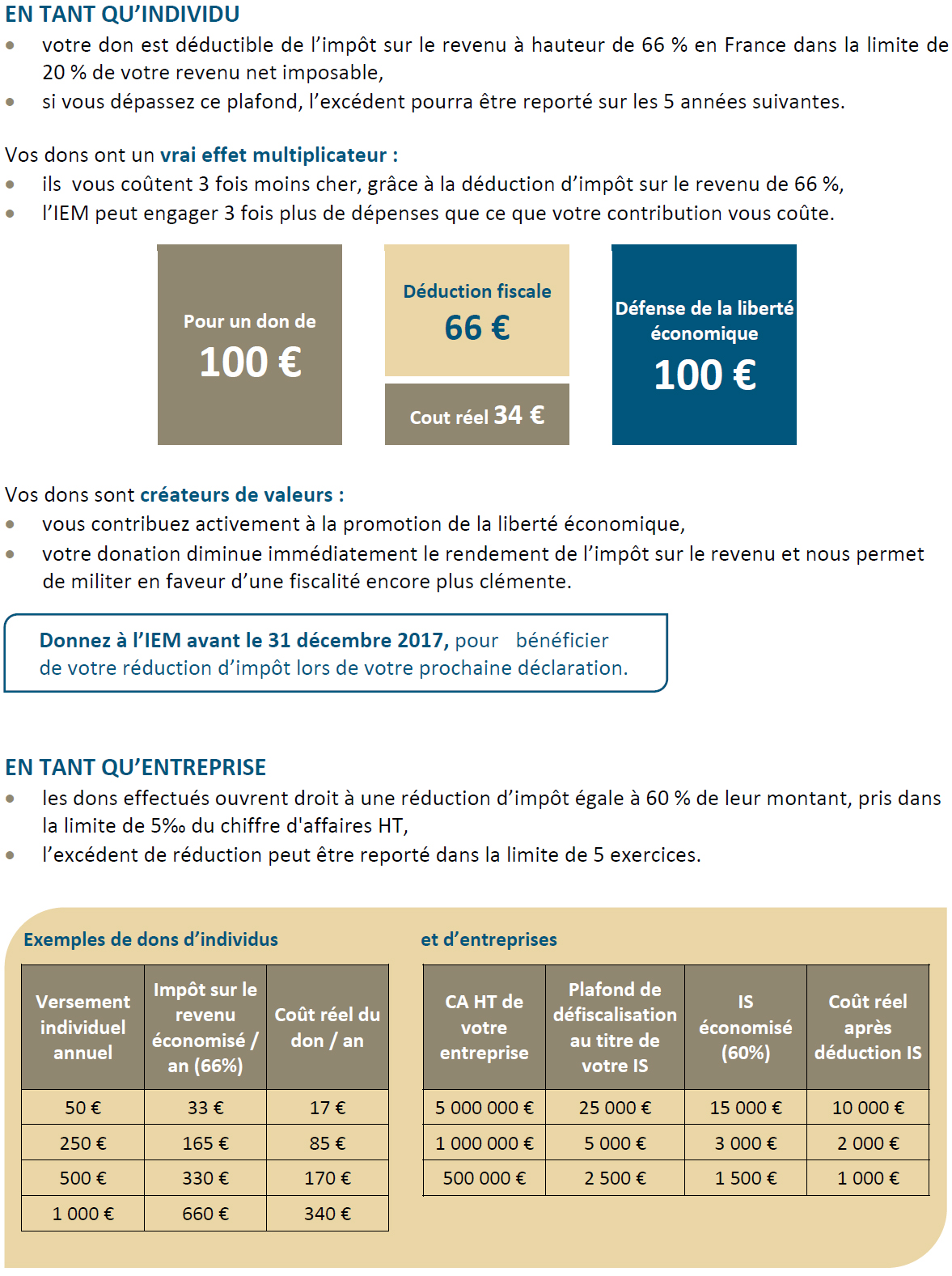The Pensions Advisory Council has concealed €884 billion in public sector pension deficits since 2002, equivalent to 94% of the pension deficit or 2% of yearly GDP
Paris, June 21, 2023 – The Institut économique Molinari is releasing an original study quantifying 21 years of deficits in French pensions, taking into account both the deficit of the State and the imbalances in public service pensions, factors which have been hidden by the Pensions Advisory Council (Conseil d’orientation des retraites, or COR) since 2002.
Constructed using official data, this study offers an unprecedented analysis of pension imbalances, which constitute a key factor explaining the systematic nature of public deficits in the aftermath of the baby-boom.
Since 2002, the COR has concealed 94% of the pension deficit, or €884 billion
The COR does not take into account the deficits of public pension plans subsidised by the State and maintains that only the National Pension Fund for Local Government Employees (CNRACL) can generate deficits within the public sector.
When this methodological anomaly is corrected, the pension deficit is revealed to be 16 times higher than that calculated by the COR from 2002 to 2022: instead of 0.14% of annual GDP, it has represented on average 2.13%.
From 2002 to 2022, the COR has concealed pension deficits representing:
- 2% of GDP per year or €884 billion in current euros,
- 16% of pension expenditures (which themselves represent 12.6% of annual GDP on average from 2002 to 2021),
- 46% of the general government deficit (which represents 4.31% of GDP per year on average from 2002 to 2022),
- 94% of the pension deficit over the period (which represents 2.13% of GDP per year on average from 2002 to 2022).
The COR has omitted €633 billion in subsidies for state employee pensions since 2002
Since 2002, the COR has left out of its deficit calculations the exceptional contributions paid by the State to finance the pensions of public servants (FPE). These contributions amount to €633 billion, or an average of 1.4% of GDP each year.
The pensions of former public servants cost three times more than those of former salaried employees, mainly for reasons connected with population aging. Contributions on behalf of public servants represented an average of 77% of gross indexed salaries, compared with 27% of gross salaries in the private sector between 2002 and 2022. Two thirds of public servants’ pensions were financed by a subsidy that the COR did not take into account in its calculation of the pension deficit.
In 2022, these subsidies excluded by the COR represented:
- €39 billion, or 1.5% of GDP;
- 57% of the index-linked salaries of public servants, for whom pension contributions represent 85% of gross salaries, whereas regular employees’ pensions are financed by deductions representing just 28% of their remuneration;
- 109% of military salaries, for which pension contributions represent 137% of gross salaries, compared with just 28% for salaried employees.
The COR has concealed €107 billion in subsidies to local government employees since 2002
Since 2002, subsidies to the pensions of local community and hospital employees have been omitted from the COR’s deficit calculations. These represent €107 billion, or an average of 0.2% of GDP each year.
Contributions for local community and hospital employees represented an average of 38% of gross indexed salaries, compared with 27% of gross salaries in the private sector since 2002. One third of the pensions of local public servants and hospital workers were financed by a subsidy that the COR did not take into account in its calculation of the pension deficit.
In 2022, these subsidies hidden by the COR will represent:
- €8 billion, or 0.3% of annual GDP;
- 14% of local community and hospital salaries, for which pension contributions represent 42% of salaries, compared with 28% for private sector employees.
The COR omitted 144 billion in subsidies for special regimes (RATP, SNCF, etc.) and State workers since 2002
State subsidies to special public-sector schemes (SNCF, RATP, etc.) were concealed from the COR’s calculation of the deficit. These subsidies represent:
- €114 billion since 2002, or an average of 0.3% of annual GDP;
- €5.8 billion, or 0.2% of annual GDP in 2022.
The COR also neglected the subsidies and over-contributions from which state workers’ pensions benefit (FSPOEIE). These represent:
- €30 billion since 2002, or an average of 0.1% of annual GDP;
- €1.7 billion, or 0.1% of GDP in 2022.
Note for journalists unfamiliar with the intricacies of the COR’s calculation method
Since 2002, the COR has calculated the previous year’s pension deficit by omitting the subsidies received by civil servant pension systems and special regimes subsidised by the State.
The COR maintains that “among public service regimes, only CNRACL can present a deficit or surplus,” as this local authority system is not subsidised by the State.
In its deficit calculations, the COR fails to take into account:
- subsidies for special public-sector regimes (SNCF, RATP, etc.), the amounts of which appear in a number of official sources (General State Account, etc.);
- the exceptional nature of the pension contribution rates in force in the public sector. Pension contributions are much higher in the public sector than in the private sector (28% of gross salary): they represent 42% in the local civil service, 85% of gross indexed salaries for civil servants and 137% for the military.
The COR’s practice of concealing deficits is not in keeping with standard accounting practices: the fact that the State covers pension-related deficits does not mean that they do not exist.
The deficit ignored by the COR and quantified by the Institut économique Molinari corresponds to the balancing subsidy that the public authorities would have had to pay to the Universal Retirement System (SUR) if the 2020 reform had been implemented.
QUOTES
Nicolas Marques, Study author and Director General of the Institut économique Molinari
“It is essential that the Pensions Advisory Council adopts a method for calculating deficits that adheres to standard accounting and statistical practices.
“Since 2002, the COR has ignored the imbalance between the pensions of public servants and the official data showing the deficits of the special regimes subsidised by the State (RATP, SNCF, etc.).
“No one in France would dare to claim that EDF did not have a deficit of 18 billion in 2022, on the grounds that it is a state-owned company. Yet this is what COR has been doing since its creation by not accounting for the deficits of state-subsidised pension regimes.
“Calculating the pension deficit in the way the COR does, glossing over 94% of the shortfalls from 2002 to 2021, makes no sense and just fuels the cacophony around the issue of pensions.”
Cécile Philippe, President of the Institut économique Molinari
“In a democracy, reform requires at least a minimum level of support, and proper buy-in requires an understanding of the issues. This is impossible to achieve when official institutions produce massively understated indicators that conceal what is really at stake. This is what has been going on with pensions in France since 2002.
“The Pensions Advisory Council disregards the imbalances between pensions and public accounts and calculates the pension deficit primarily by looking at the private sector, whose pensions are better managed. Its deficit indicator conceals the extent of the financial lapses and prevents us from thinking about reforms that are equal to the challenges.”
STUDY
Link to study (51 pages in French) :
https://www.institutmolinari.org/wp-content/uploads/2023/06/etude-retraites-mecomptes-et-deficits-publics2023.pdf
Link to Datawrapper Graphic 1: https://www.datawrapper.de/_/W2Z5Q/
Link to Datawrapper Graphic 2: https://www.datawrapper.de/_/qqyw3/
Link to Datawrapper Graphic 3: https://www.datawrapper.de/_/Be7Ia/
Link to Datawrapper Graphic 4: https://www.datawrapper.de/_/6qpGI/
ABOUT THE IEM
The Institut économique Molinari is a research and educational organisation whose mission is to promote better understanding of phenomena and challenges in economics by making them accessible to the general public. To this end, it conducts scientific research, organises think tanks, issues publications, and offers training and other forms of education. The IEM’s work helps to stimulate the emergence of new consensus by presenting economic analysis of public policy that illustrates the benefits of well-thought-out regulations and tax systems. The IEM is a not-for-profit organisation funded by voluntary contributions from its members, who may be individuals, foundations, or companies.
FOR INFORMATION OR INTERVIEWS, PLEASE CONTACT
- Nicolas Marques, study author and Director General of l’Institut économique Molinari
nicolas@institutmolinari.org, +33 6 64 94 80 61 - Cécile Philippe, President of l’Institut économique Molinari,
cecile@institutmolinari.org, +33 6 78 86 98 58





